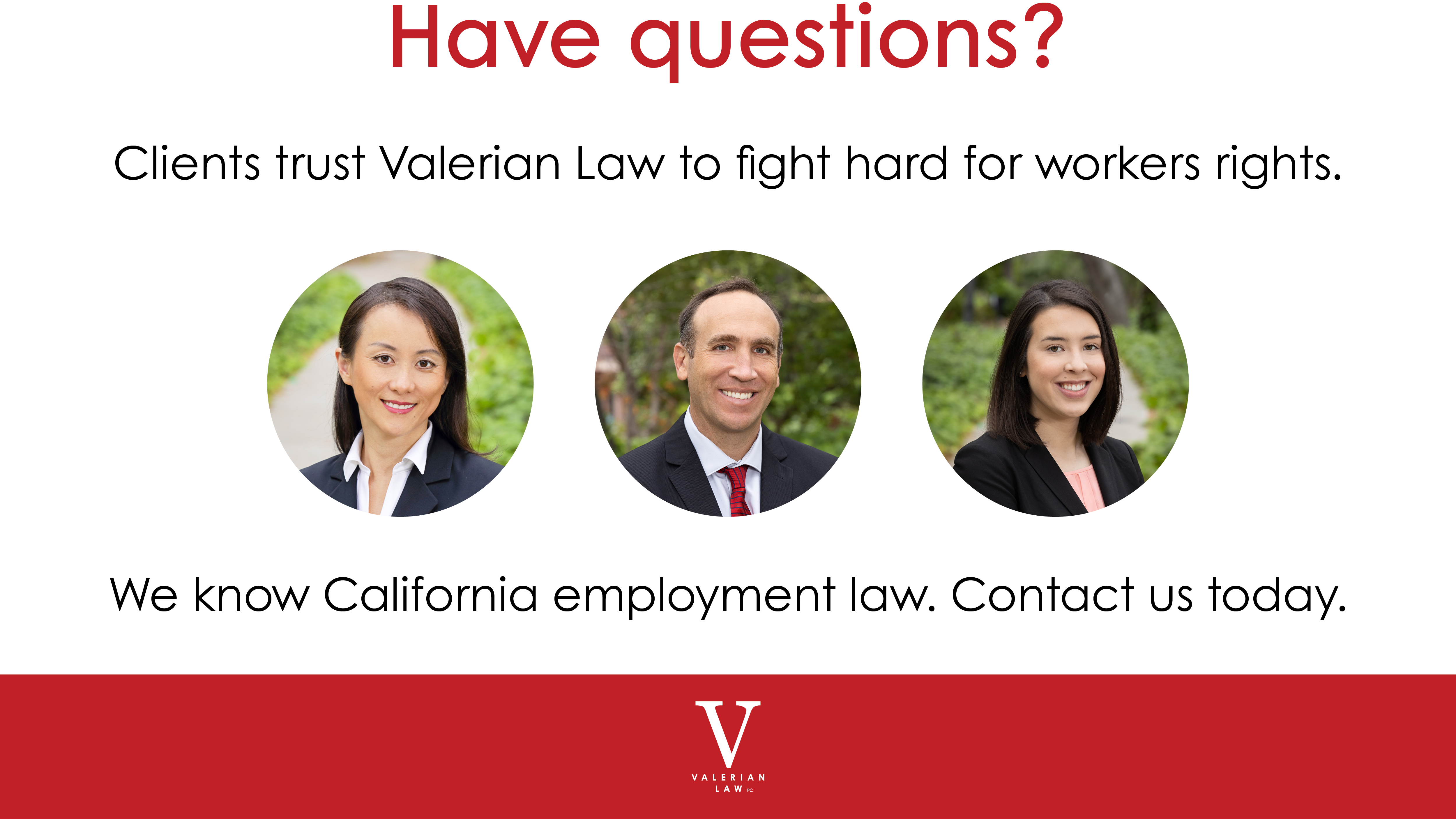
By Eileen Torrez, November 30th, 2022
Three important federal laws form the basis for protecting U.S. employees from discrimination in the workplace: the Equal Pay Act, the Americans with Disabilities Act, and Title VII of the Civil Rights Act of 1964. We’ve written about the EPA here and the ADA here. This article focuses on Title VII protections. In the context of workplace diversity initiatives and affirmative action policies, does Title VII cause employers and other gatekeepers to cross the line into constitutionally prohibited racial decision-making? Or do affirmative action and equity-conscious hiring practices align with the Equal Protection language in the U.S. Constitution? We aim to provide a primer on this debate in this two-part series.
What is Title VII?
Under Title VII, employers may not discriminate against employees based on race, color, religion, national origin or sex (including gender and sexual orientation). These rules apply to common employment processes like hiring and promotions, and to working conditions, compensation and job duties. If an employer takes an adverse employment action (such as firing, demoting or refusing to hire/promote someone) against an employee based on one of these protected characteristics, the employee may have a discrimination claim.
Title VII reflects the protections already afforded to citizens in the U.S. Constitution. Specifically, the Equal Protection Clause of the 14th Amendment guarantees all citizens the right to equal protection under the law – theoretically, at least, regardless of any differences in background or identity. The Equal Protection Clause applies to state and federal governments (not to private entities), but has generally been linked to Title VII and other titles of the Civil Rights Act through case law involving discrimination claims against state or federal entities. In contrast, Title VII applies to both private and public sector employers and is specific about which protected classes it covers and how.
Disparate Impact and Diversity Initiatives
Employees may make several types of claims under Title VII. The main types are harassment, retaliation, negligence, disparate treatment and disparate impact. Disparate treatment is defined as intentional discriminatory treatment from the employer based on a protected characteristic (e.g. a male boss demoting a female employee despite high performance because he doesn’t think she dresses “feminine enough”). Disparate impact is defined as a discriminatory impact that stems from a policy that is facially neutral, regardless of the intent of the policy (e.g. only promoting people who are taller than 5’ 8’’, which means more men will be promoted; only hiring from a certain part of town, even though very few people of color live in that area). Disparate impact claims may be contested by an employer if the employer can prove that the policy in question is required by business necessity, and that no other alternative would achieve the same business goal.
Many employers today have implemented policies and practices that aim to avoid Title VII violations and increase racial diversity in the workplace, such as requiring a minimum number of minority applicants to be considered for a role, or hiring Diversity, Equity and Inclusion (DEI) staff whose role is to develop company policies that include diverse candidates at all levels of an organization. While many companies take spontaneous initiative to consciously develop a diverse workforce, others are prompted by legal action into making changes. For instance, clothing retailer Abercrombie & Fitch famously lost a 2003 discrimination lawsuit where, as part of a settlement, they were ordered to hire a Vice President of Diversity (along with 25 new recruiters tasked with bringing in more minority workers) and implement progressive “benchmarks” for the hiring of more non-white, non-male employees.
DEI initiatives operate similarly to affirmative action policies. Affirmative action in university admissions has recently been the controversial subject at the core of some pending Supreme Court cases. But as an employment policy, affirmative action is commonplace for public employers or companies that do business with government entities. In fact, federal contractors are required to implement affirmative action programs geared toward recruiting women, racial minorities, veterans and people with disabilities. While these requirements don’t represent hiring quotas, they do represent an intentional effort on the part of the government to be identity-conscious in aiming for greater equity in the workplace.
A Thumb on The Scales
Some conservative Supreme Court justices have opined that elements of Title VII come into conflict with the Equal Protection Clause. Justice Scalia notoriously commented in Ricci v. DeStefano (2009) that despite the “purportedly benign motive” of Title VII’s disparate-impact provisions, they impermissibly “place a racial thumb on the scales, often requiring employers to evaluate the racial outcomes of their policies, and to make decisions based on (because of) those racial outcomes. That type of racial decisionmaking is, as the Court explains, discriminatory.” This argument – that the Equal Protection Clause theoretically bars any consideration of race in employment whatsoever – could lead to future legal conflicts over the constitutionality of Title VII in general, and of DEI or affirmative action-type initiatives.
Up until this point, however, Supreme Court rulings have upheld Title VII and found that race-conscious programs in employment (at least those that fall within certain legal standards) can be a tool in helping to eliminate a “manifest racial imbalance.” In United Steelworkers of America v. Weber (1979), the company’s affirmative action policy was found to not “unnecessarily trammel the interests of white employees,” suggesting that hiring more minority employees in that context did not create a meaningful adverse impact on non-minority employees. The court held that the policy’s goal of “break[ing] down old patterns of racial segregation and hierarchy” aligned with the intention of Title VII.
The ideological conflict between those who support historically-informed affirmative action policies, on the one hand, and adherents to the strict “colorblind” interpretation of the Equal Protection Clause, on the other, continues today. In particular, two upcoming Supreme Court cases are poised to have a dramatic impact on the interpretation of both Title VII and the Equal Protection Clause. These cases involve the use of affirmative action in college admissions, yet many reporters and legal professionals warn that the legal conclusions likely to be drawn in the final opinion of the court may be used to justify further litigation aimed at striking down diversity initiatives in the employment arena. We will explain this debate in Part II.
¹ In general, Title VII applies only to companies with 15 or more employees – unless the employer is the federal government, in which case it always applies.
² The NFL’s Rooney Rule is a good example of such a policy.
Recent Posts
